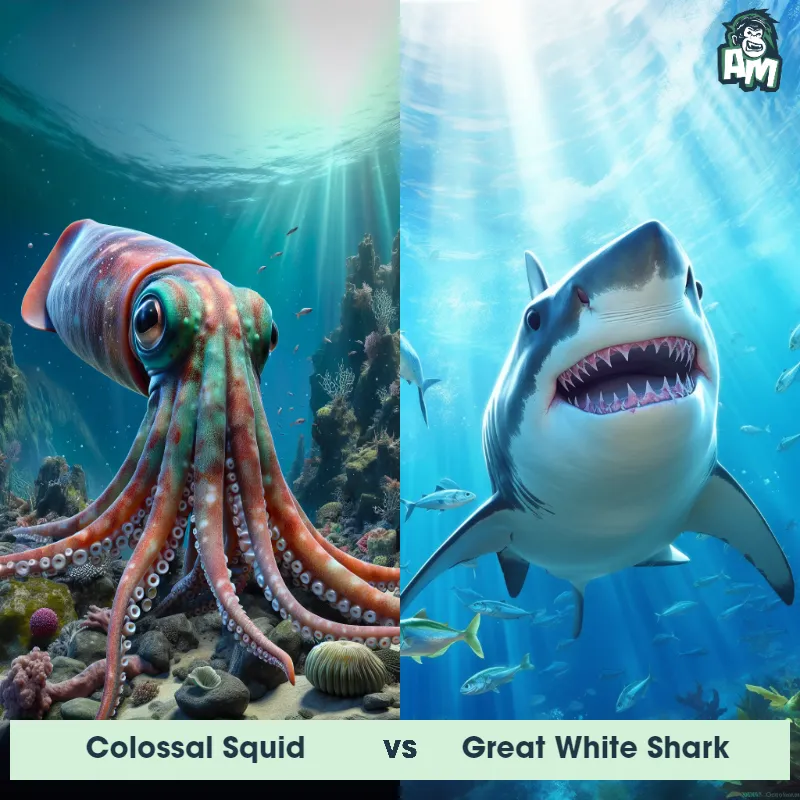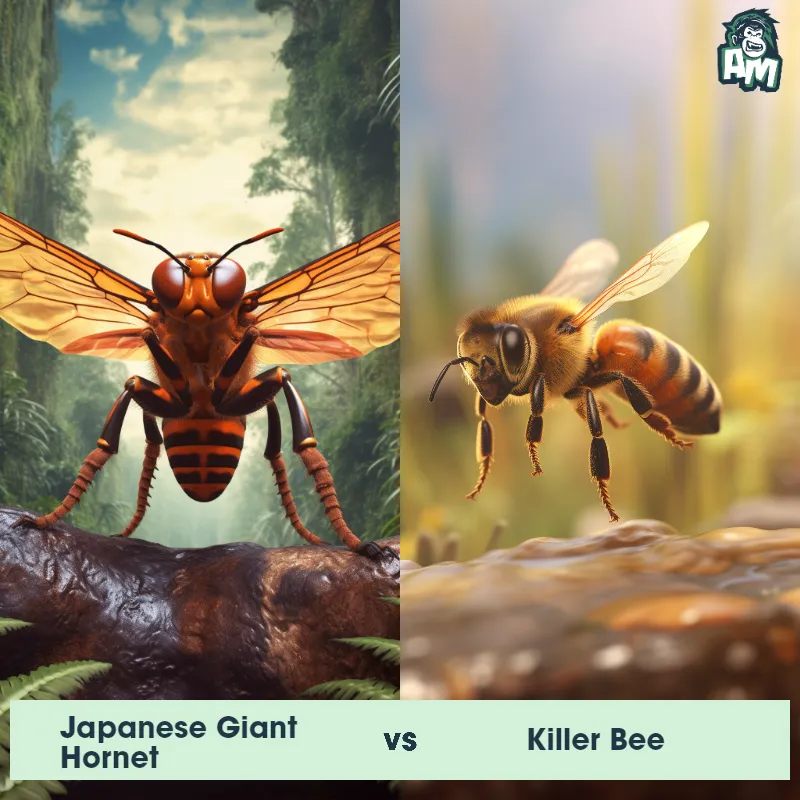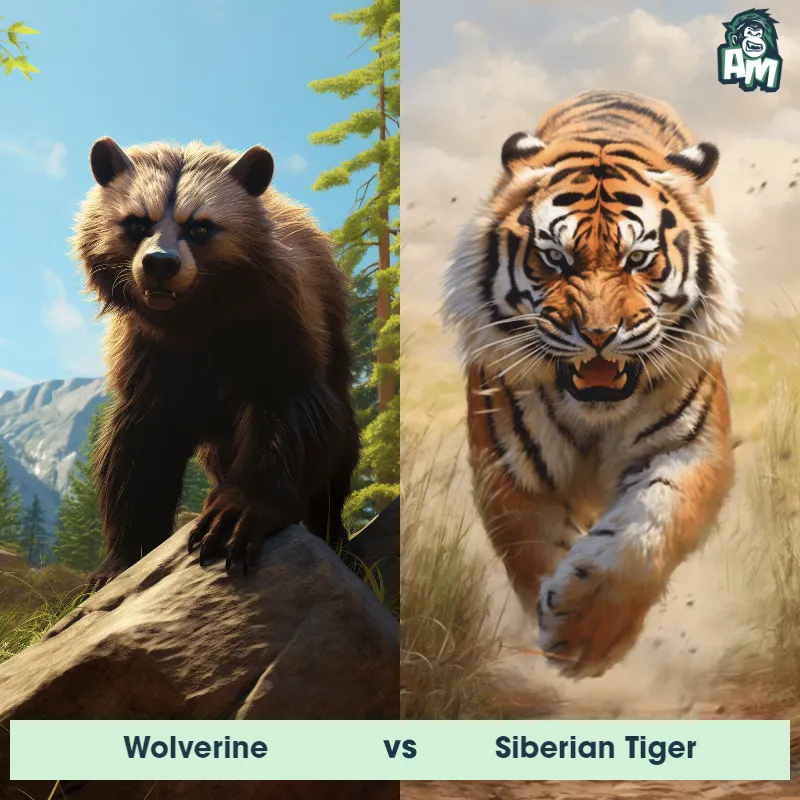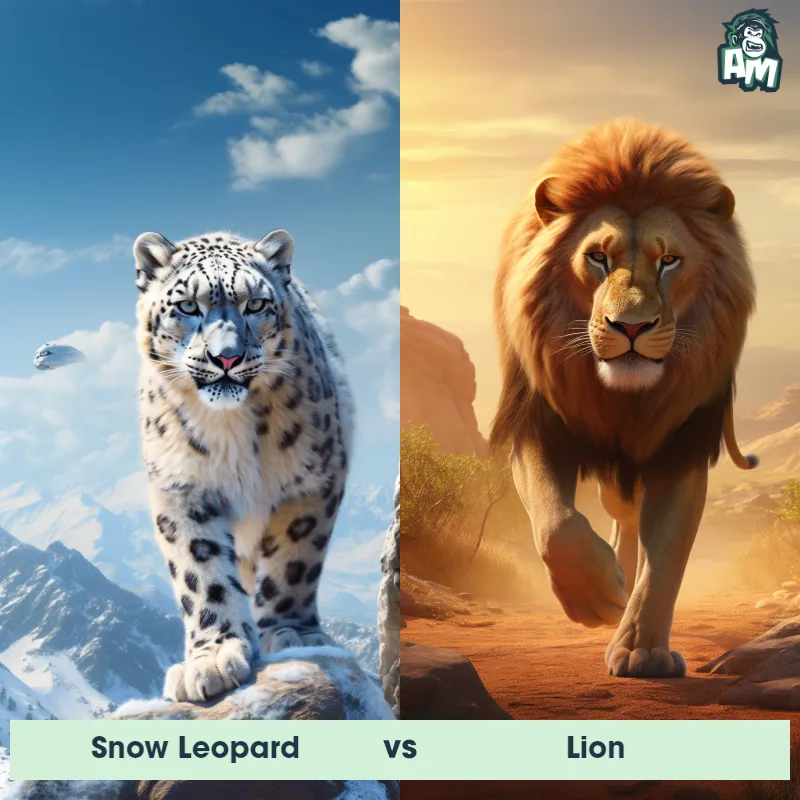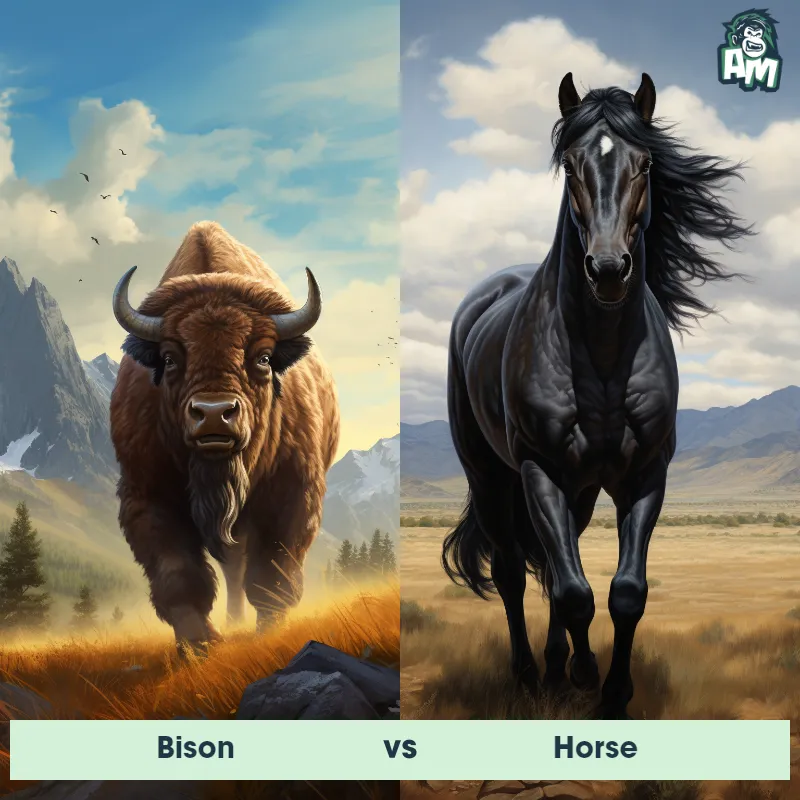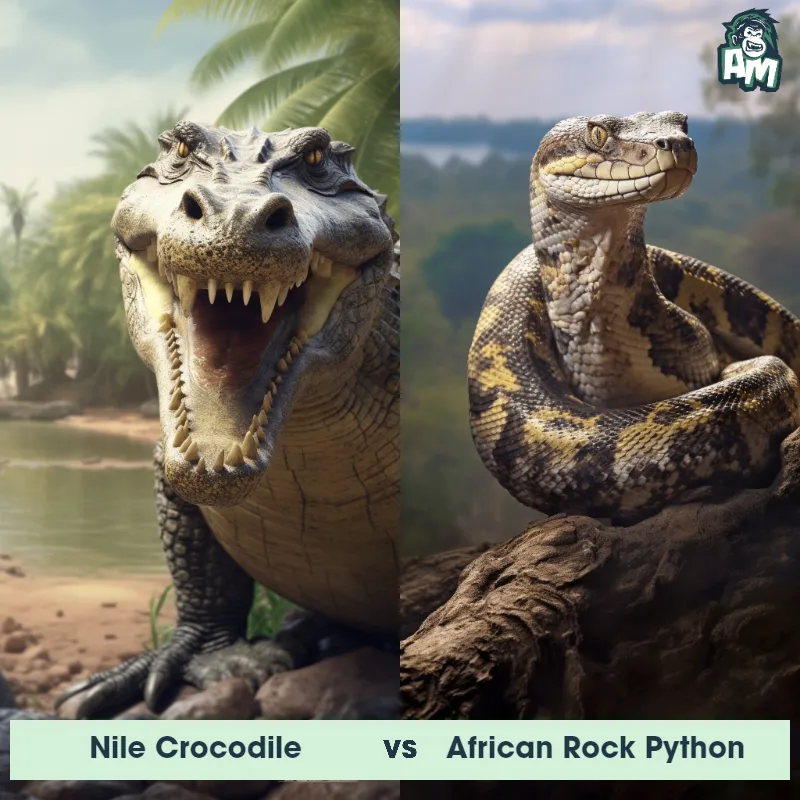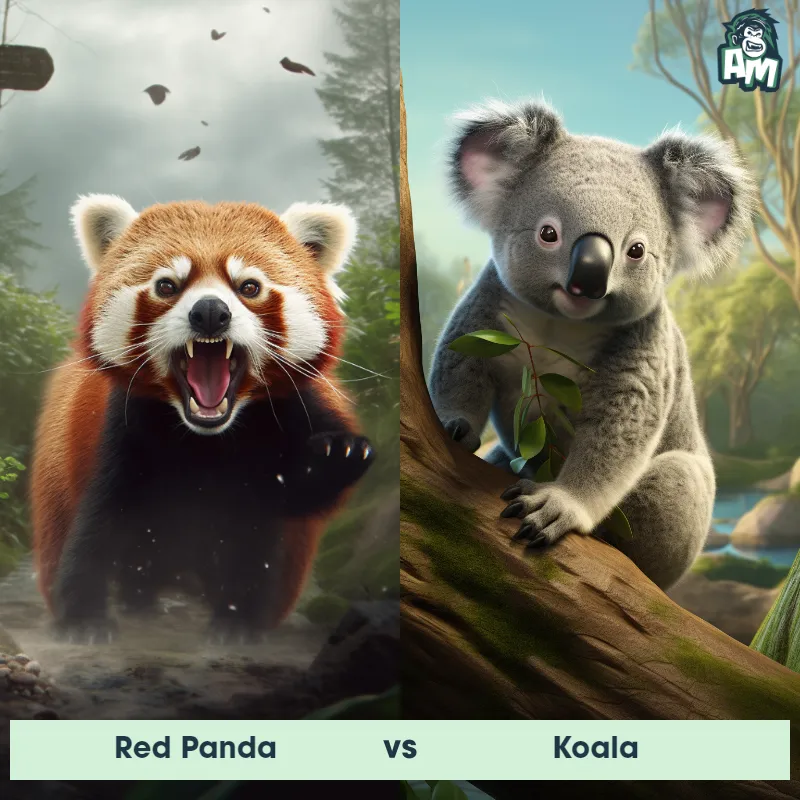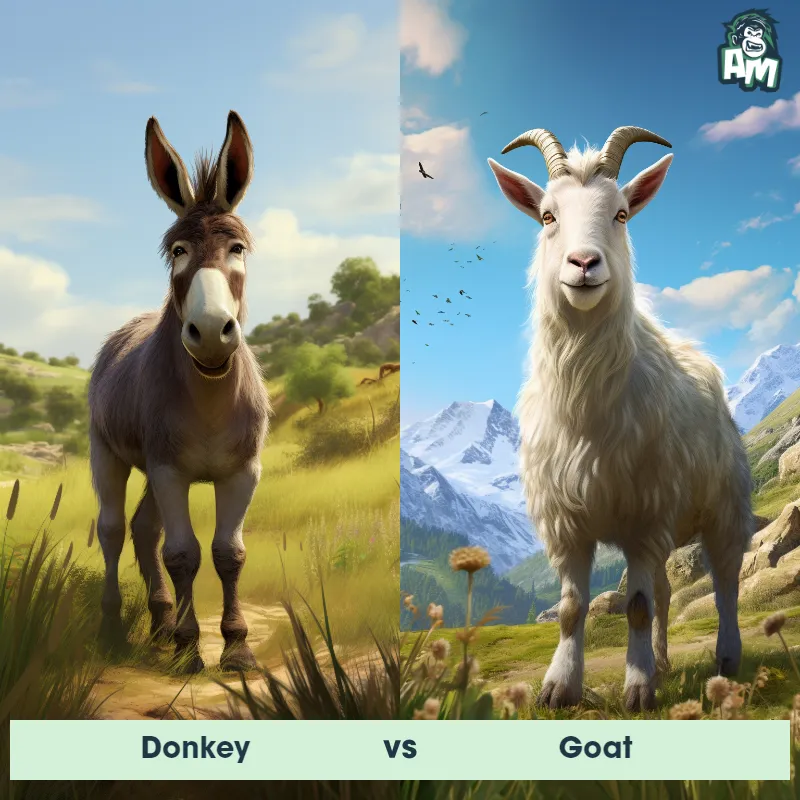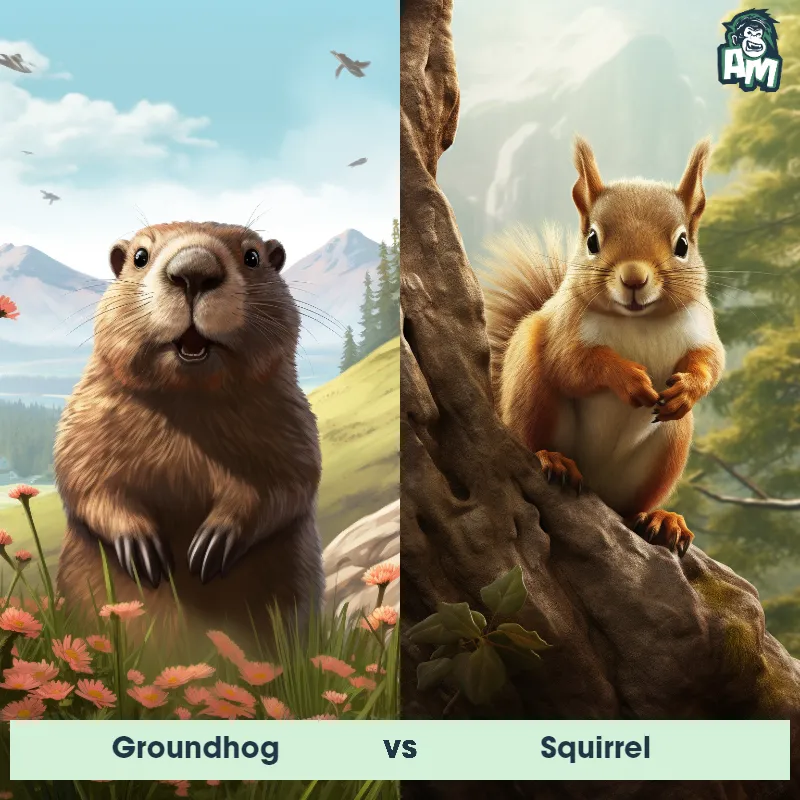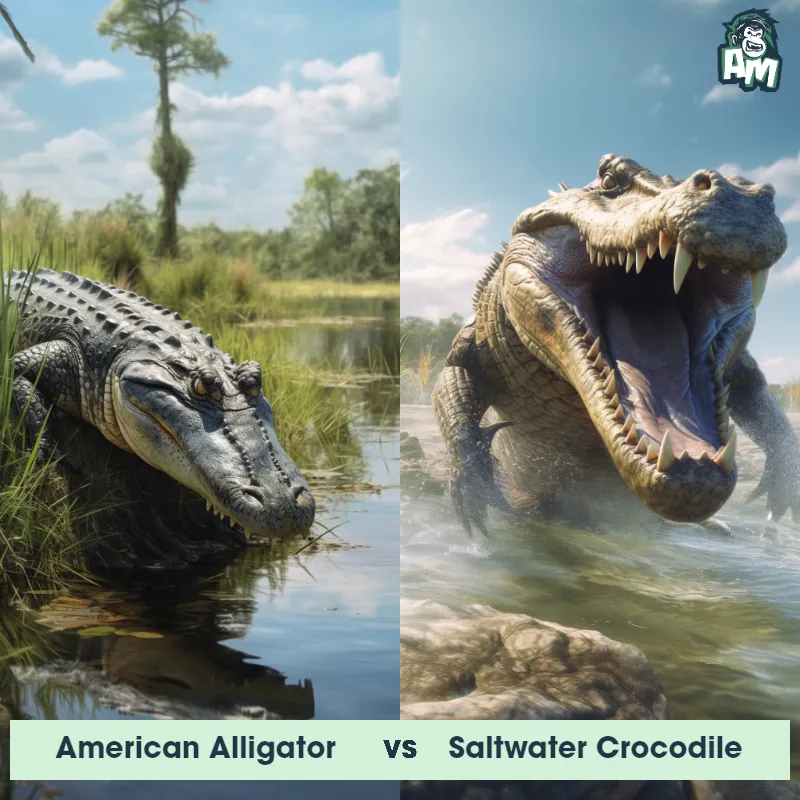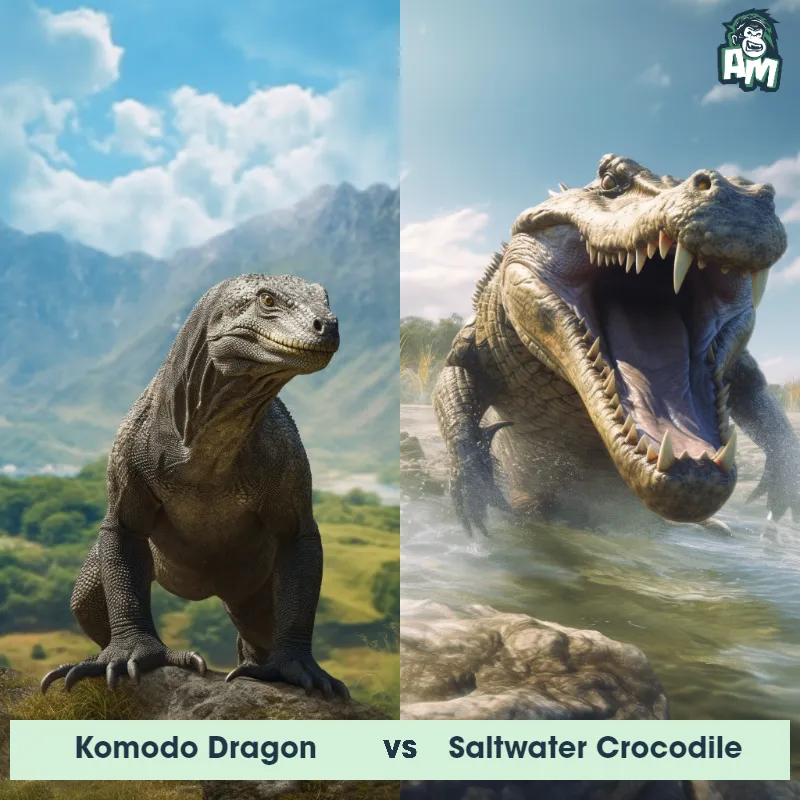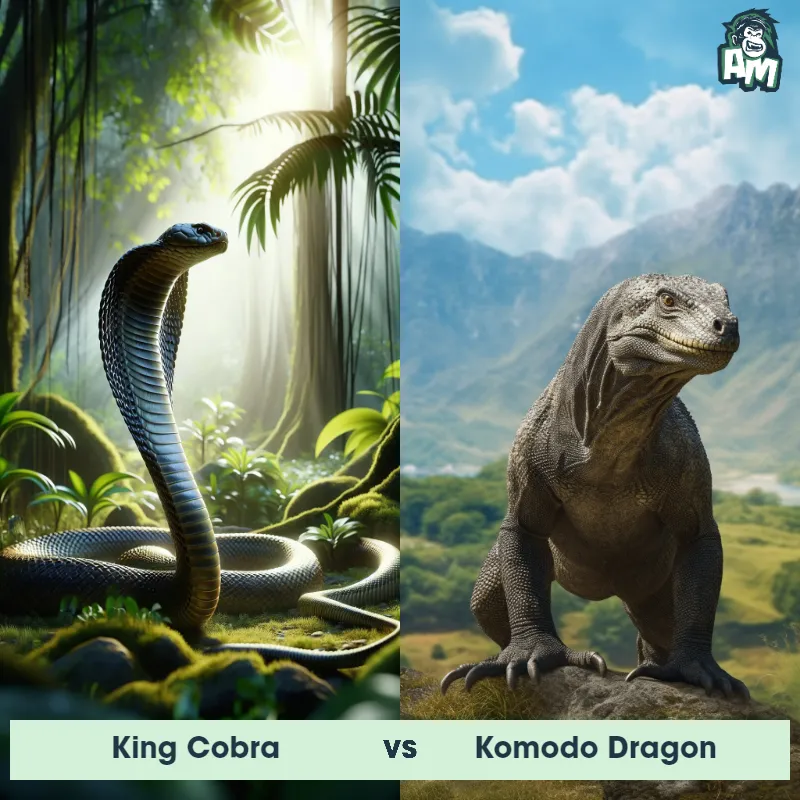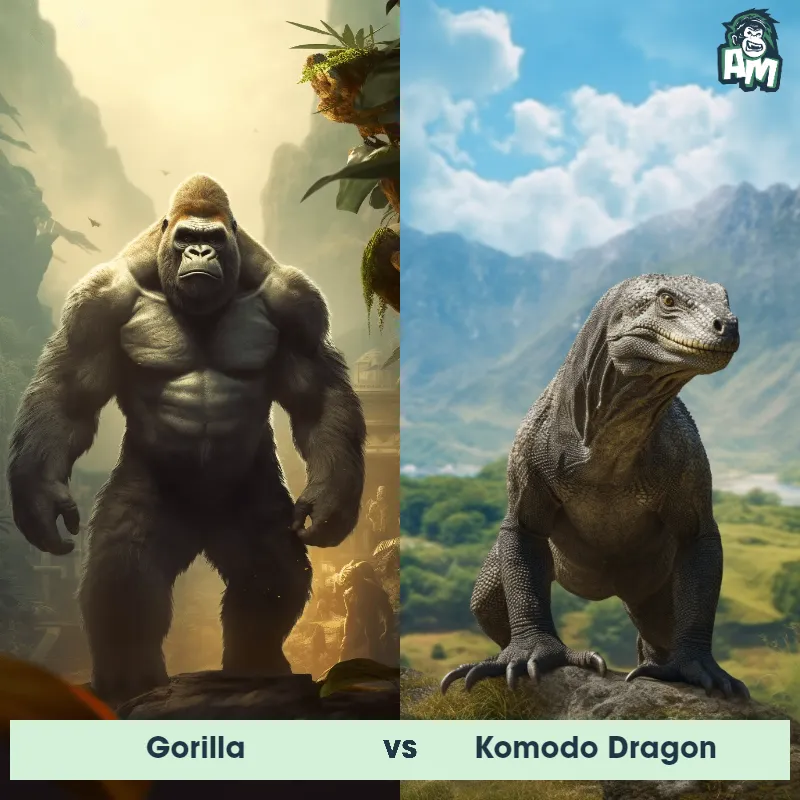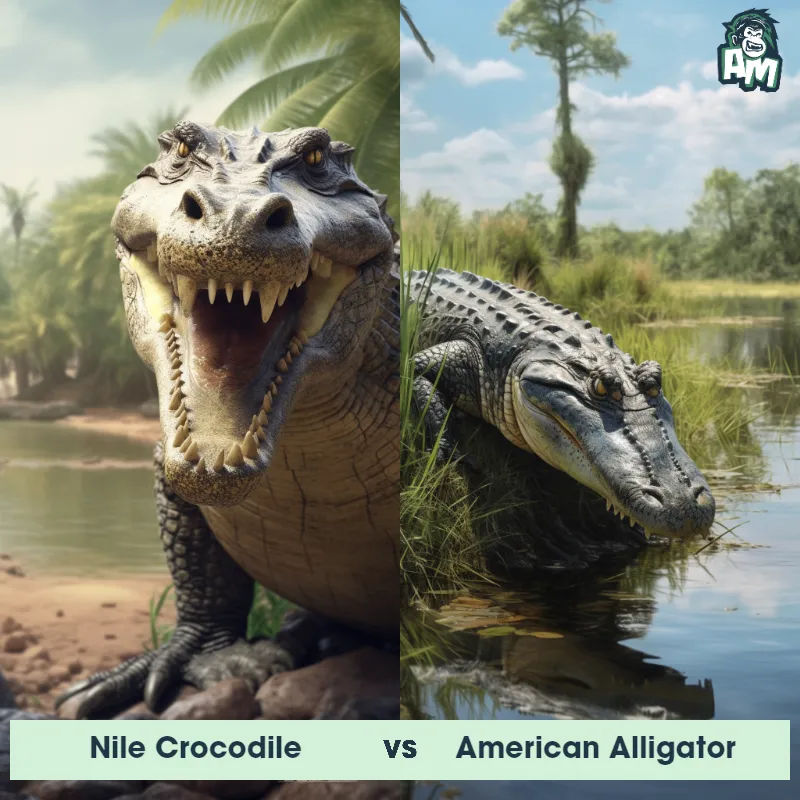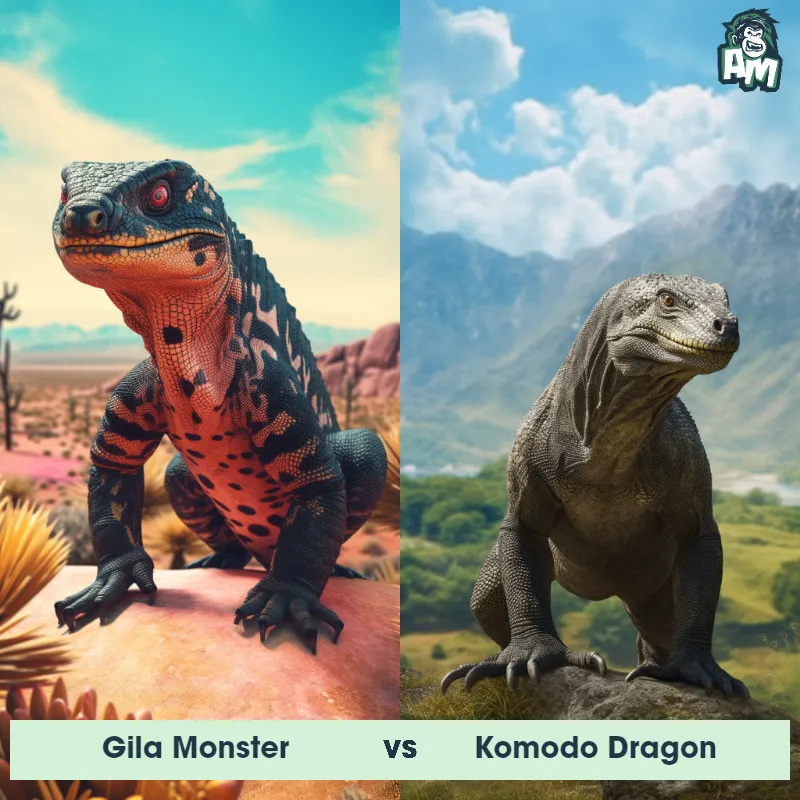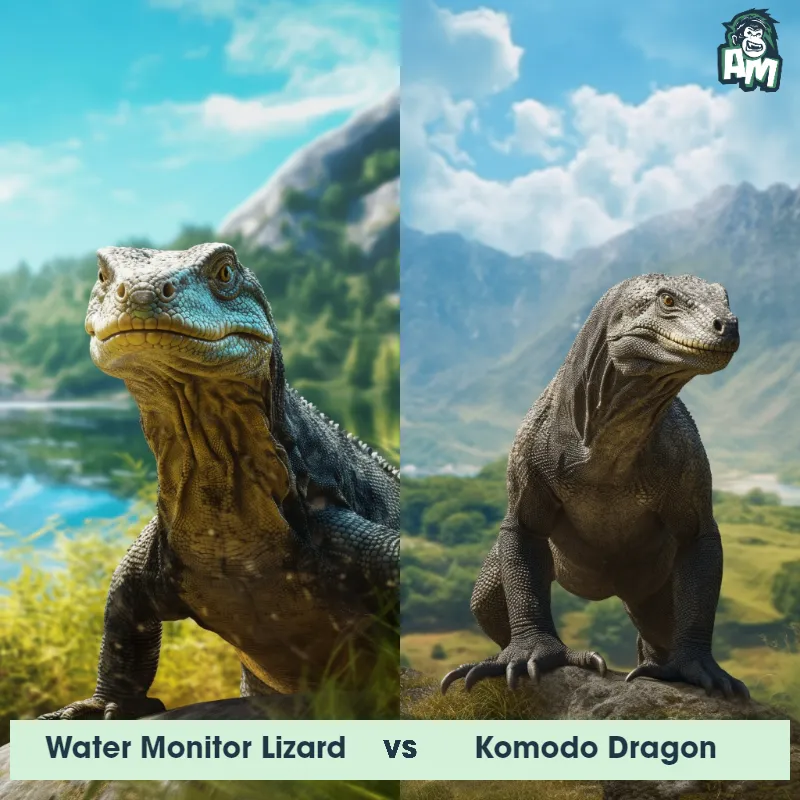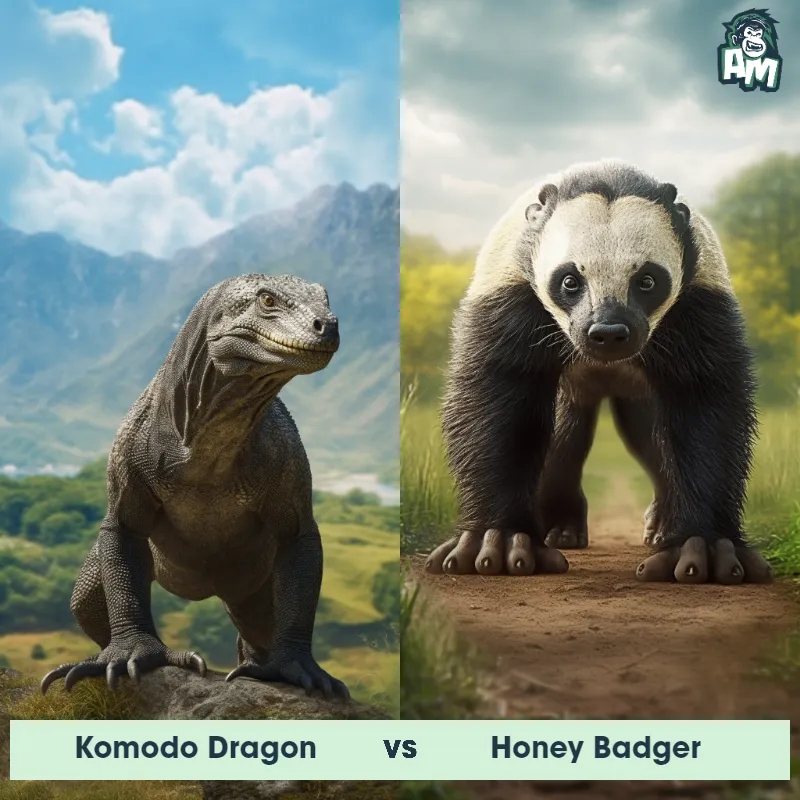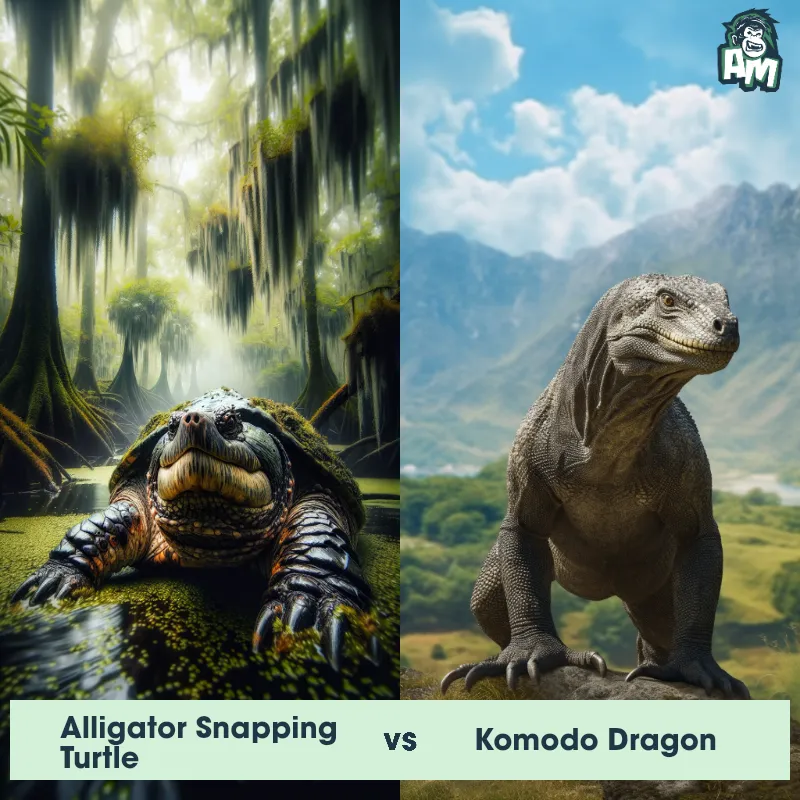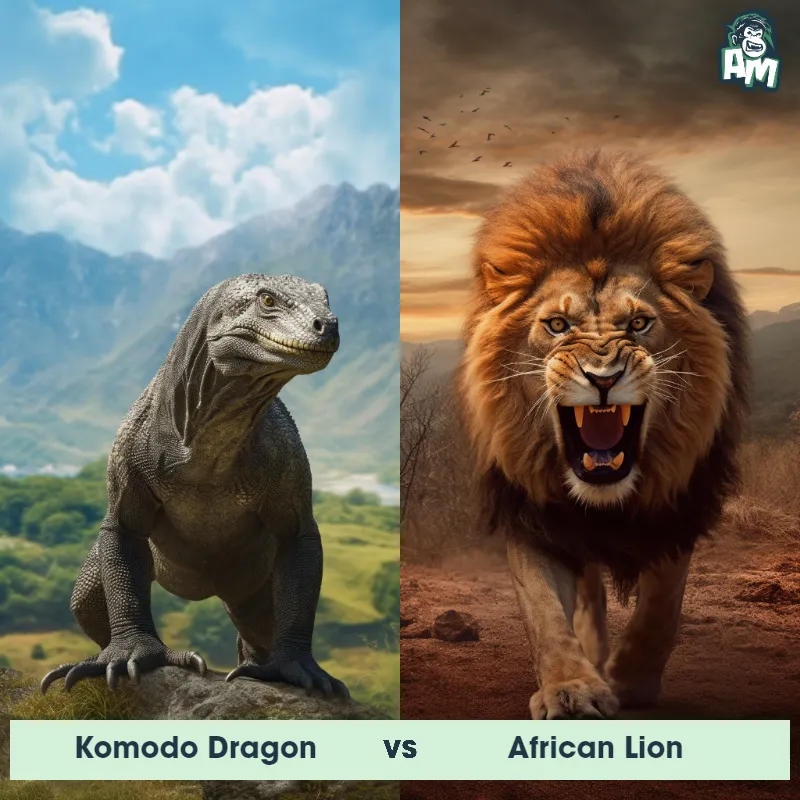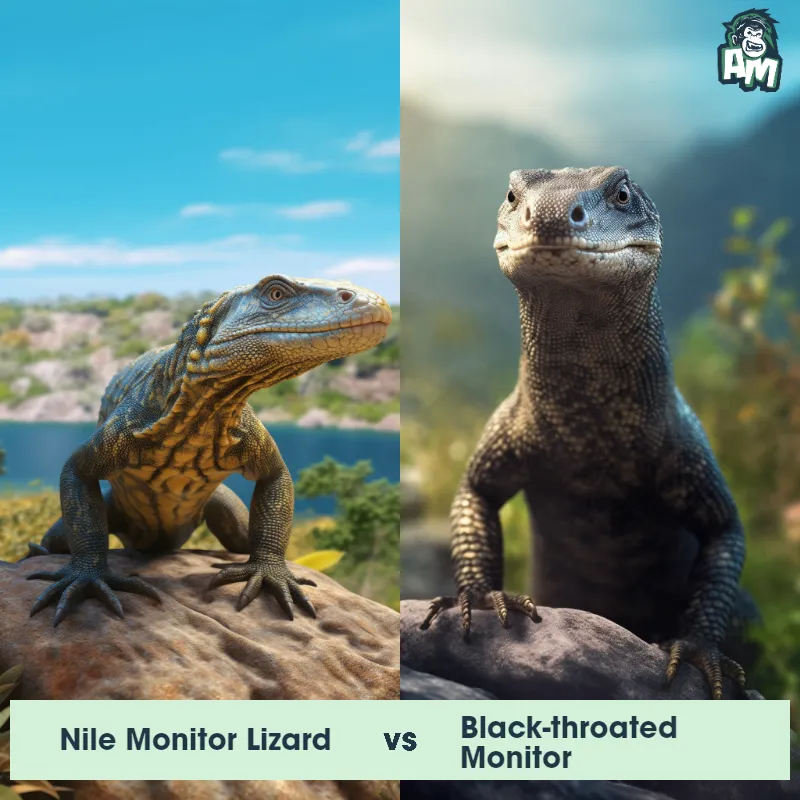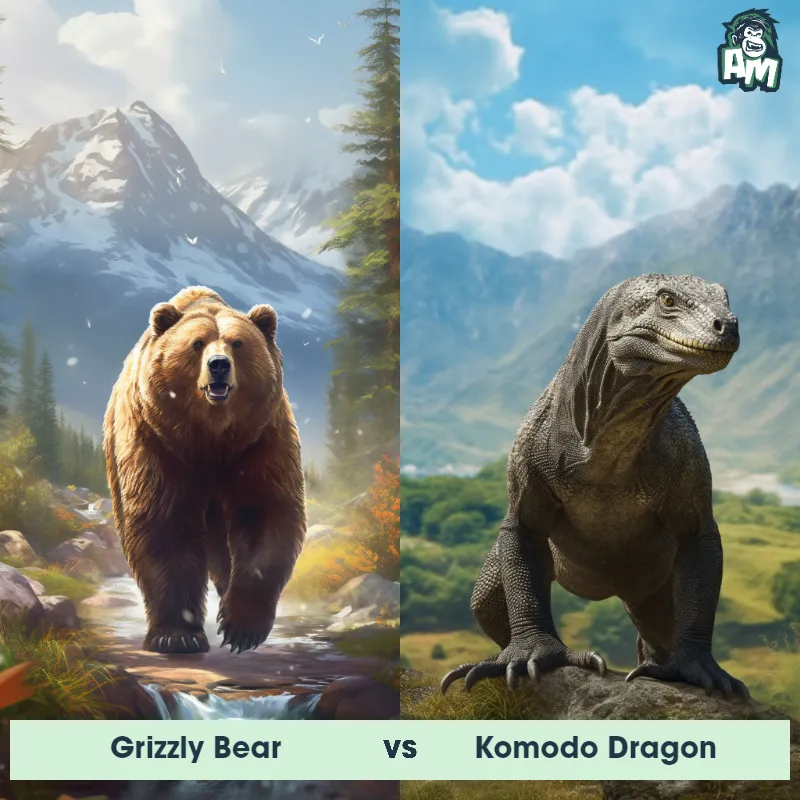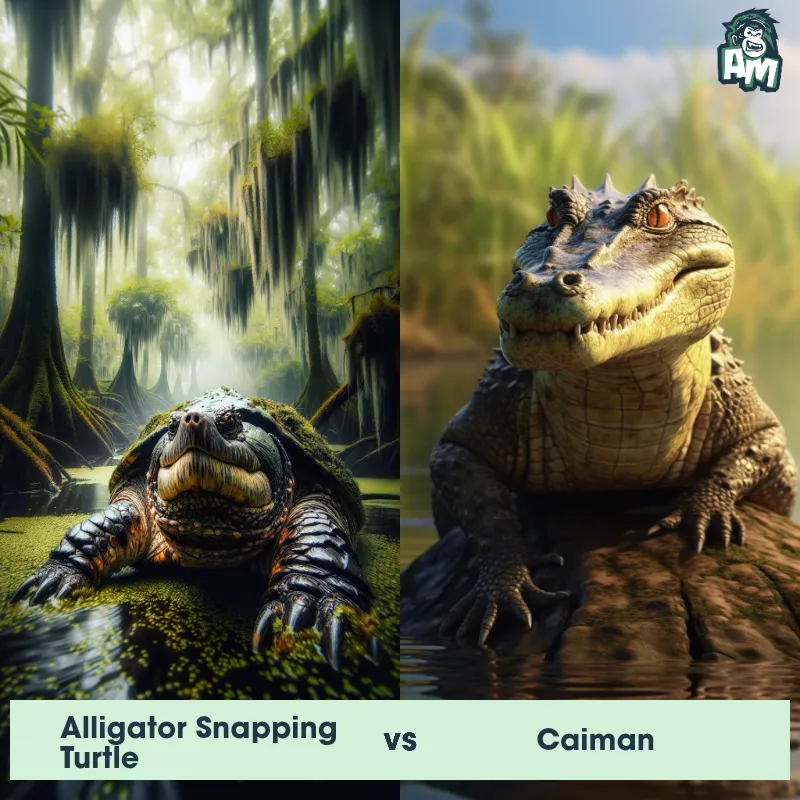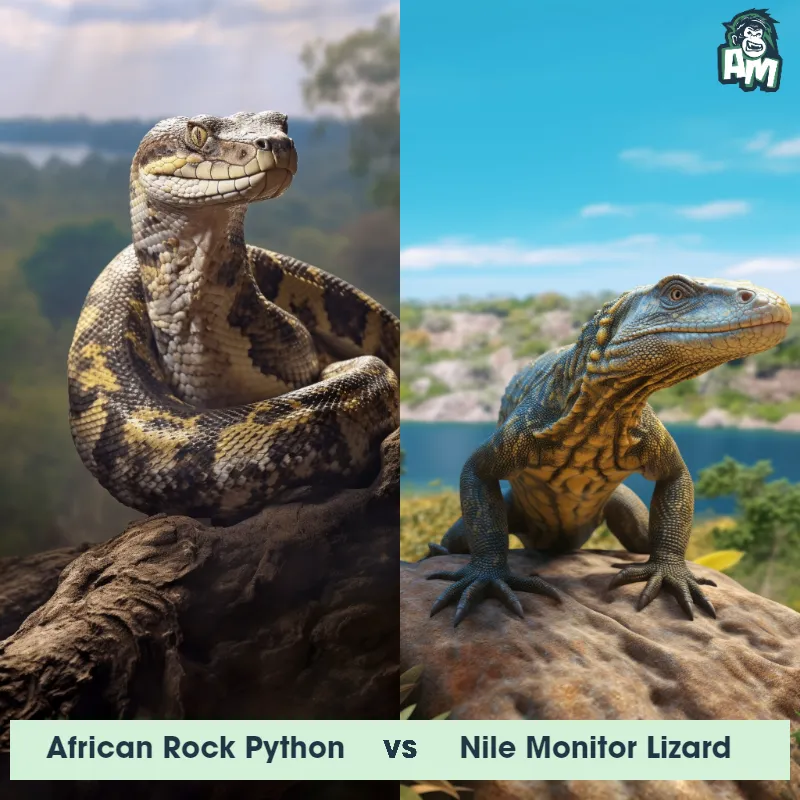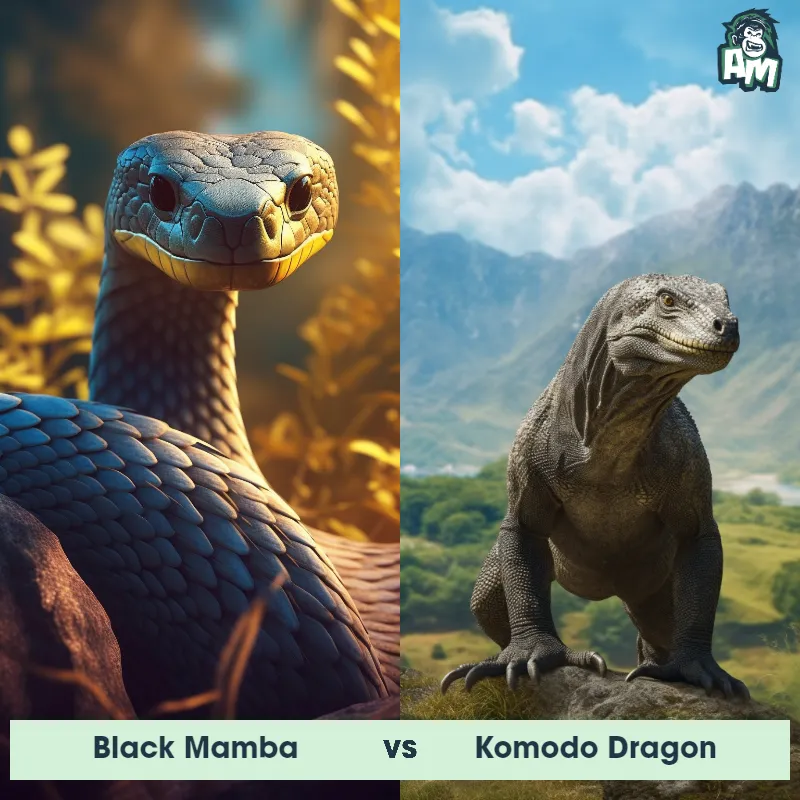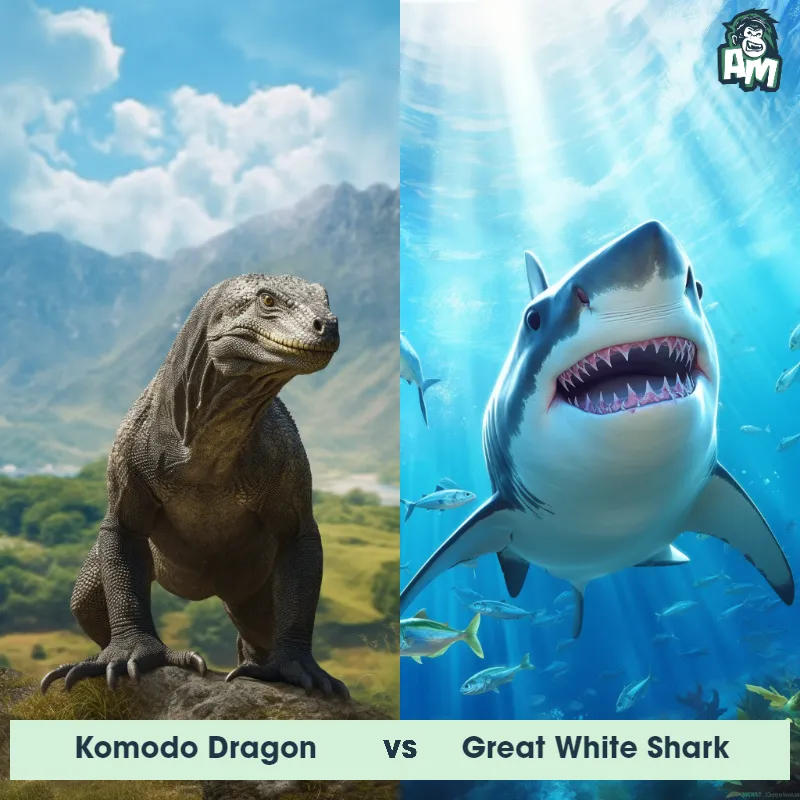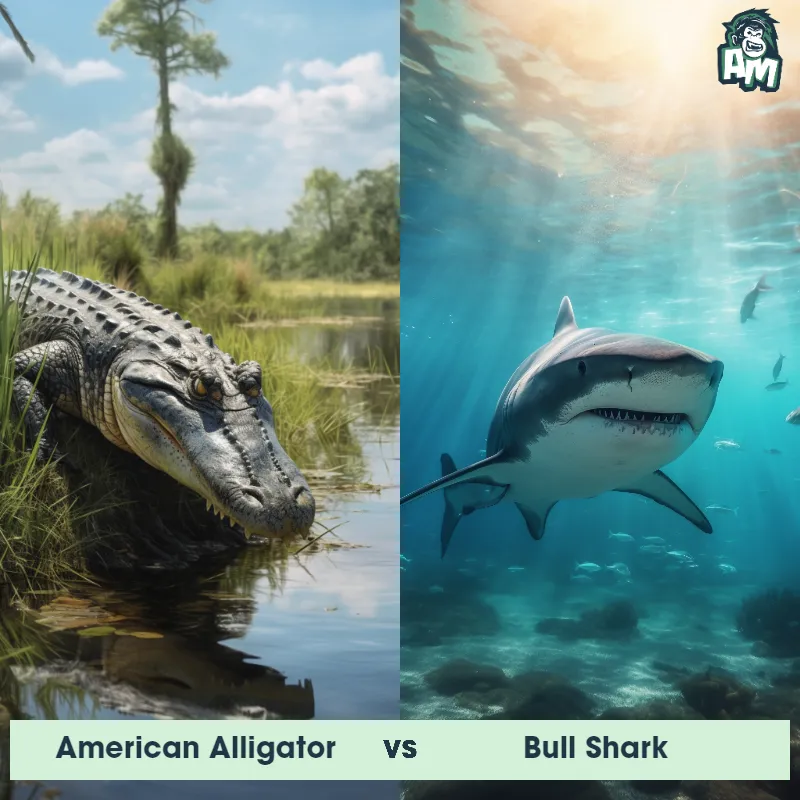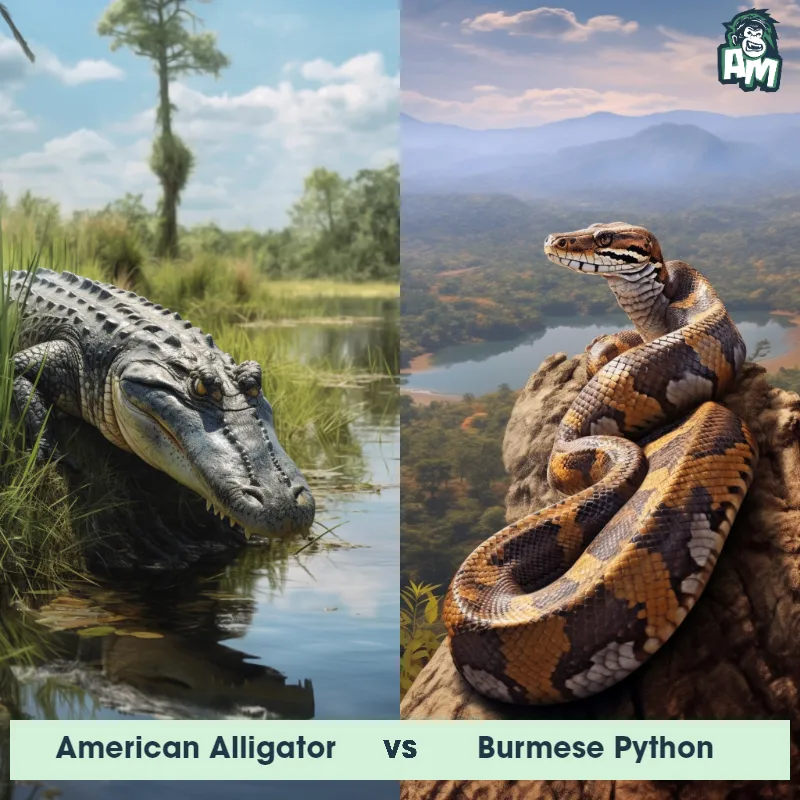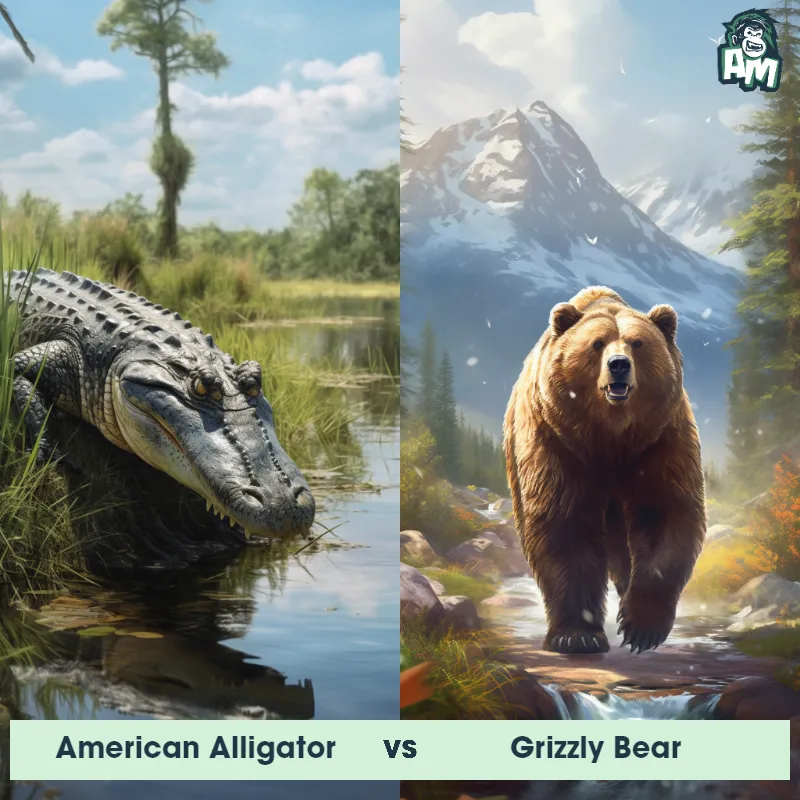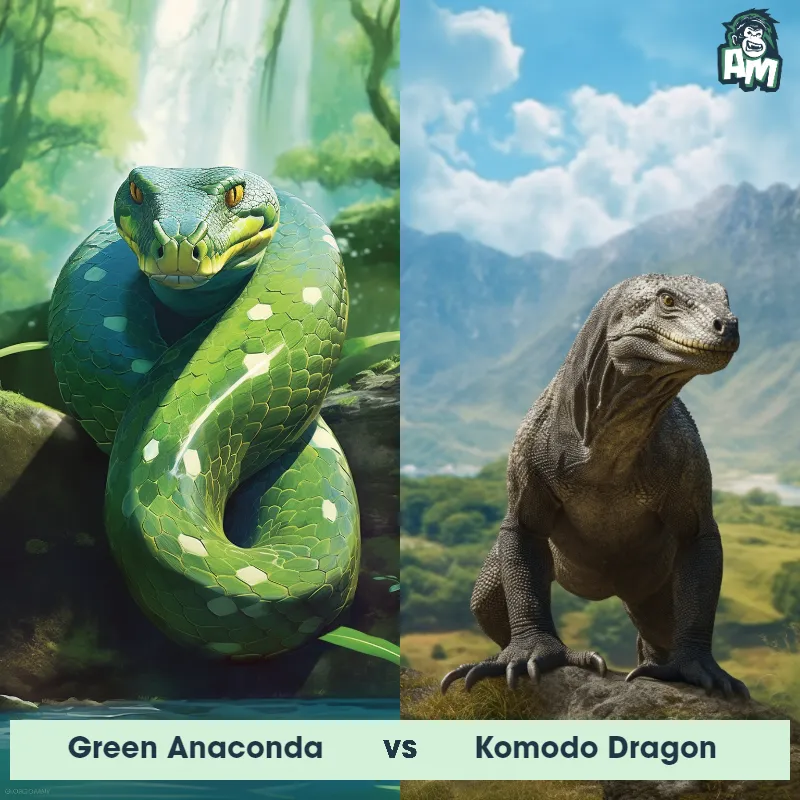American Alligator vs Komodo DragonSee Who Wins

Ladies and gentlemen, welcome to this thrilling matchup between two of nature's most formidable creatures. In one corner, we have the American Alligator, known for its powerful jaws and fierce hunting skills. And in the other corner, we have the Komodo Dragon, a relentless predator armed with venomous saliva and agility. This three-round fight promises to be a battle of strength, strategy, and survival. Let the contest begin!
Contender 1: American Alligator
The American Alligator, also known as the Florida Alligator, is a large reptile that can grow up to 14 feet long and weigh over 1,000 pounds. They have a broad, rounded snout, powerful jaws, and a muscular body covered in tough, scaly skin. Their coloration ranges from dark green to black, with a lighter underbelly. They are found in freshwater habitats throughout the southeastern United States, and are known for their ability to regulate their body temperature by basking in the sun.
Fun Fact: American Alligators are known to use tools, such as sticks, to lure birds to their location so they can catch them more easily.
Contender 2: Komodo Dragon
The Komodo Dragon, also known as the Komodo monitor, is a large species of lizard that can grow up to 10 feet long and weigh up to 300 pounds. They have rough, scaly skin, sharp claws, and a long, powerful tail. Their teeth are serrated and can deliver a venomous bite that can cause paralysis and death in their prey. They are native to the Indonesian islands of Komodo, Rinca, Flores, Gili Motang, and Padar.
Fun Fact: Komodo Dragons have a keen sense of smell and can detect carrion from up to 5 miles away.
Matchup Stats
| American Alligator | Komodo Dragon | |
|---|---|---|
| Size | Up to 14 feet (4.3 meters) | Up to 10 feet (3 meters) long |
| Weight | Over 1,000 pounds (453.6 kilograms) | Up to 300 pounds (136 kilograms) |
| Speed | Speed: 20 mph (32.19 km/hr) | Speed: 12 mph (19.31 km/hr) |
| Key Strength | Powerful jaws and muscular body | Powerful jaws and sharp teeth |
| Biggest Weakness | Slow movement on land | Slow movement and lack of agility |
Current Votes
American Alligator vs Komodo Dragon
See Who Wins
View More Matches
Looking For More?
Similar Matches
Scientific Stats
| American Alligator | Komodo Dragon | |
|---|---|---|
| Scientific Name | Alligator mississippiensis | Varanus komodoensis |
| Family | Alligatoridae | Varanidae |
| Habitat | Freshwater habitats | Terrestrial |
| Geography | Southeastern United States | Indonesian islands of Komodo, Rinca, Flores, Gili Motang, and Padar |
| Diet | Carnivorous, eats fish, turtles, birds, and mammals | Carnivorous, primarily eats deer, pigs, and water buffalo |
| Lifespan | 30 years - 50 years | 20 years - 30 years |
Key Differences between American Alligator and Komodo Dragon
- Habitat: American Alligators are primarily found in freshwater habitats such as swamps, lakes, and rivers throughout the southeastern United States, while Komodo Dragons are native to the Indonesian islands of Komodo, Rinca, Flores, and Gili Motang, inhabiting dry grasslands and tropical forests.
- Scalation: The American Alligator has large, visible dorsal scales called osteoderms, which give it a rough and armored texture. On the other hand, the Komodo Dragon has smaller and smoother scales, making its skin appear more smooth and scaly.
- Size: The American Alligator is generally smaller, reaching an average length of 13-15 feet and weighing around 600-800 pounds, whereas the Komodo Dragon is larger, growing up to a maximum length of about 10 feet and weighing around 150-200 pounds.
- Tail Shape: The American Alligator possesses a wide and muscular tail that tapers towards the end, while the Komodo Dragon has a more slender and elongated tail, which aids in propulsion while swimming.
- Head Crests: Adult male American Alligators have pronounced bony ridges on their heads called scutes, whereas the Komodo Dragon lacks any prominent head crests or ridges.
- Snout Shape: The American Alligator has a broader and U-shaped snout, while the Komodo Dragon has a narrower and V-shaped snout, which gives it a more elongated appearance.



